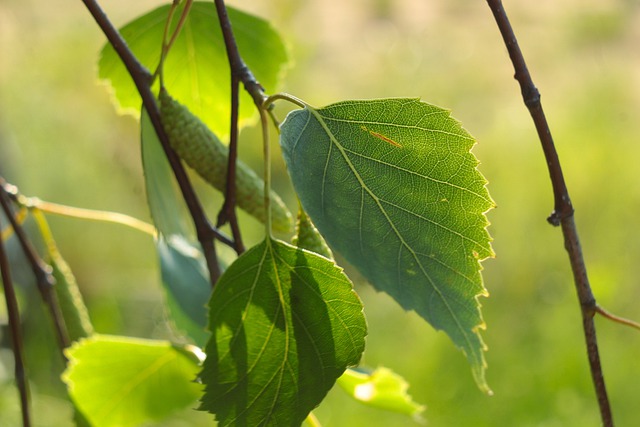
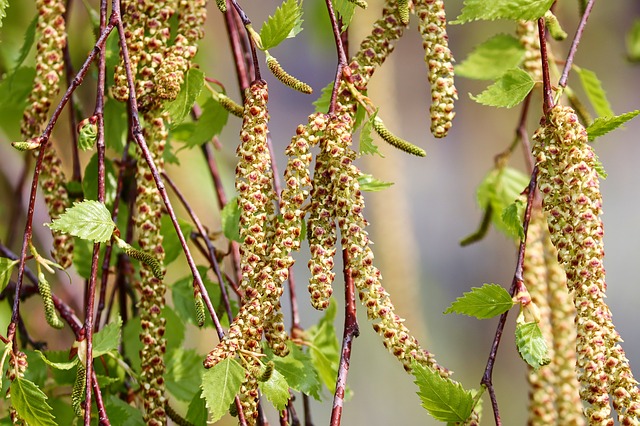
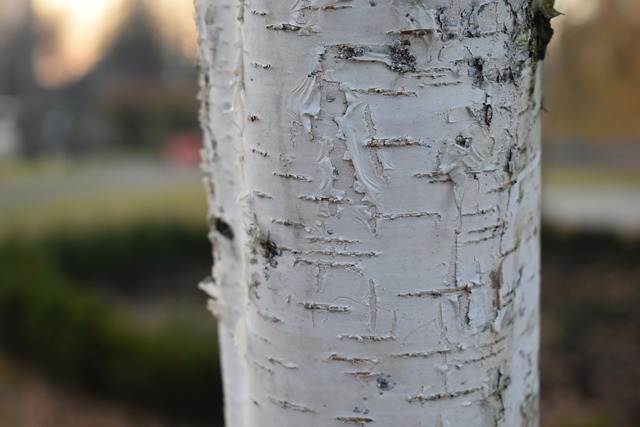
This guide is meant to teach you how to propagate Paper Birch (Betula papyrifera) and hopefully make it easier for you to sell them at your own nursery.

Hardiness Zone: 2 – 7

Soil Type: Acidic, loamy, moist, sandy, well-drained and clayey soils.

Water: Normal. Drought Resistance

Exposure: Full Sun to Partial Shade
Paper Birch (Betula papyrifera) is a deciduous tree hardy up to hardiness zone 2. There are a few characteristics that can help you identify paper birch.
How to Identify Paper Birch
Bark
Paper birch bark looks like a large parchment, it often peels back on itself when the tree suffers wounds. The bark is white with black streaks or spots on the outside and light brown on the inside.
When you look closely, you’ll commonly see horizontal lines on a paper birch’s bark. Those lines are called lenticels, they are what allow for the gas exchange of CO2 and oxygen during bark photosynthesis
Leaves
Paper birch leaves grow up to 10cm long in an ovate to heart-shaped, with a tip at the end, and doubly-serrated margins. They grow in an alternate arrangement along the stems.
Flowers
Its flowering season is from April to May, but paper birch flowers are actually catkins, which are yellow in color and hang downwards.
Habitat
Paper birch likes to grow along riversides in moist sites. It can be found in the northern boreal forests, in all varieties of soils. Birch grows are beautiful sights to see, but they are quite short-lived.
It’s rare to see old birch forests, usually, they will be present in young forests following a disturbance.
Lifespan: Wild Grown Vs. Home Grown
Wild Grown: Wild paper birch on average has a lifespan of 80 years, but it can reach 140 years and beyond under optimal conditions.
Home Grown: When you grow paper birch on home landscapes, you should expect a shorter lifespan. Generally, they can only be expected to live from 30-40 years.
Commercial value
Paper birch lumber has limited value because the wood is hard to deal with. Although birch trees are often used as firewood.
They have more significant commercial value as landscape trees and for indoor decor.
Birch tree lumber is still used for some specific uses though: its hardwood is great for tool handles, interior finishes, and veneer.
Wildlife Value
Paper birch is a beneficial tree for a variety of mammals, birds, and insects.
For example, snowshoe hares, moose, beavers, and porcupines chew on their twigs and bark. Red squirrels like to eat the catkins in spring.
Some species of insects use paper birch as a host, such as Canadian tiger swallowtails, luna moths, and mourning cloaks.
Paper birch bark makes great nesting material for Philadelphia vireos, red-shouldered hawks, and black-throated green warblers.
Yellow bellied sapsuckers are particularly tied to this tree, they’ll chip holes in the bark and return to drink the sap.
Best Way to Propagate Paper Birch
How to Propagate by Seed
One sure way to propagate birch is by planting its seeds. Here’s how you can do it:
First, there are a few things to do before, if you can’t buy birch seeds online, you can harvest some yourself.
They’ll also need to go through stratification.
How to Harvest Birch Seeds
You can get birch seeds from the strobiles in August, here’s what they look like.
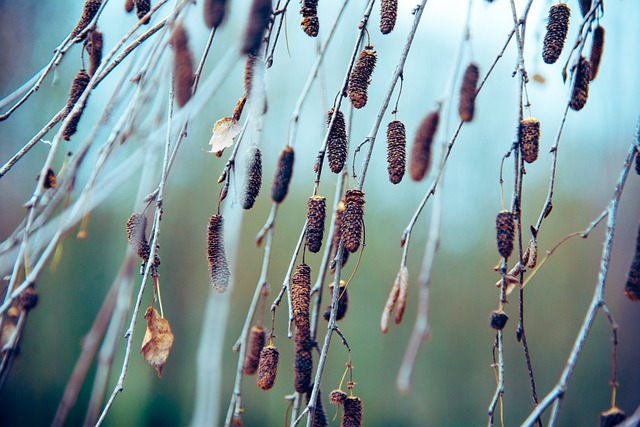
Inside these birch ‘fruits’ you can harvest many seeds. All you need to do is lay them out somewhere warm to dry, then you’ll be able to extract individual seeds.
If you don’t have access to the trees, I do have some paper birch seeds on hand for sale below (collected on October 6, 2022).
We offer free lettermail shipping everywhere in Canada for orders over $20.
Email us at [email protected] for details.
Birch Seed Germination
If you want to reproduce the natural process for your seeds, you’ll need to put them through stratification. Here’s how to do it:
- Pre-dry your seeds at room temperature for 2-3 months.
- Next, you can store them in your freezer or refrigerator. I store mine in the freezer with no problem.
- Let them cold-stratify for 90-150 days.
- Take them out and soak them in water for 12-24 hours.
- Next plant in a 3″ deep planter under very light soil cover (1/2 to 1″ deep). Keep even moisture throughout the growth cycle (don’t allow it to completely dry).
- Finally, when they’re ready to transplant, 6-12 inch deep pots filled with 50/50 peat moss/sand is perfect.
Can You Germinate Birch Seeds without Stratification?
You can actually! It’s possible to break birch seed dormancy with these two elements:
- Light
- Water
All you need to do to germinate birch seeds without stratification is to immerse them in water, then place them in a well-lit area.
Results can vary depending on the batch, fresh seeds have a higher success rate than seeds stored for too long. You should see seed germination within a week, and peak germination at the two-week line.
How to Propagate Birch by Cuttings
It’s said to be possible to propagate birch trees by cuttings with semi-hardwood. That’s new year growth that’s gone partly hard.
Very important: Take your cuttings only from young, healthy plants. Older trees lose their ability to regenerate over the years.
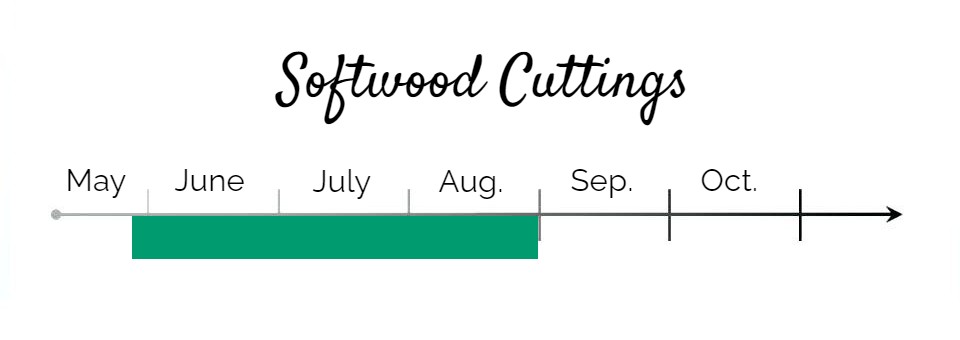
- First, identify a branch that’s got new growth on it. Inspect closely to see the difference between old growth and new growth.
- Find a piece of branch that’s not firm, brown old growth, it’ll be green but by now it will have gone semi-hard.
- Snip a cutting just below a node, and make sure the width of the cutting is not too thin, 1/4 inch width is fine, and they should be 6-8 inches long. Remove leaves except for 1-2 at the top, if they are too big cut the leaves in half.
- Wound the base of the cuttings with a vertical line on opposite sides, about 1 inch long.
- Dip in rooting hormones and then plant into your sandy propagation beds.
- Keep watering the rooting medium, sand shouldn’t be too wet but it should stay moist.
- Roots are slow and can take longer than 8 weeks to grow.
- For winter, no need to cover, the snow isolates very well.
Recommended rooting medium: Peat moss or sand with perlite mix.
UPDATE
I have tried to root birch cuttings for 2 years now, each year without a single root. Other sources online also seem to be struggling to propagate by cuttings.
With that being said, if you wish to propagate birch, I highly recommend getting your hands on seeds, because that’s the only way that seems to work, and it’s quite easy.
That’s it, that should have you covered to multiply your birches!
Let’s go propagate birch!
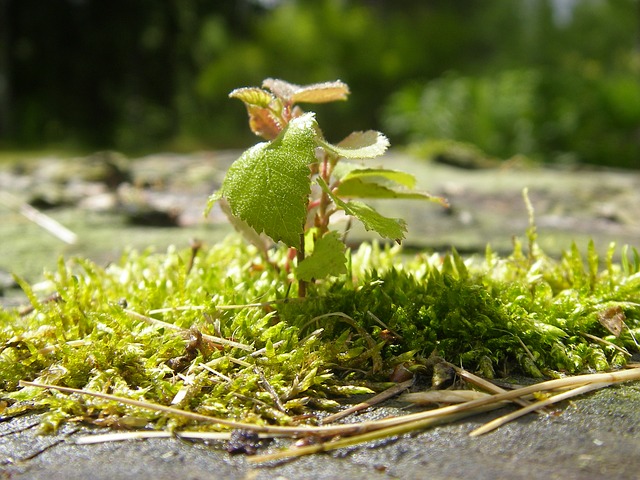
Got any questions or tricks to add? Don’t be shy to comment below and spark up a conversation!

